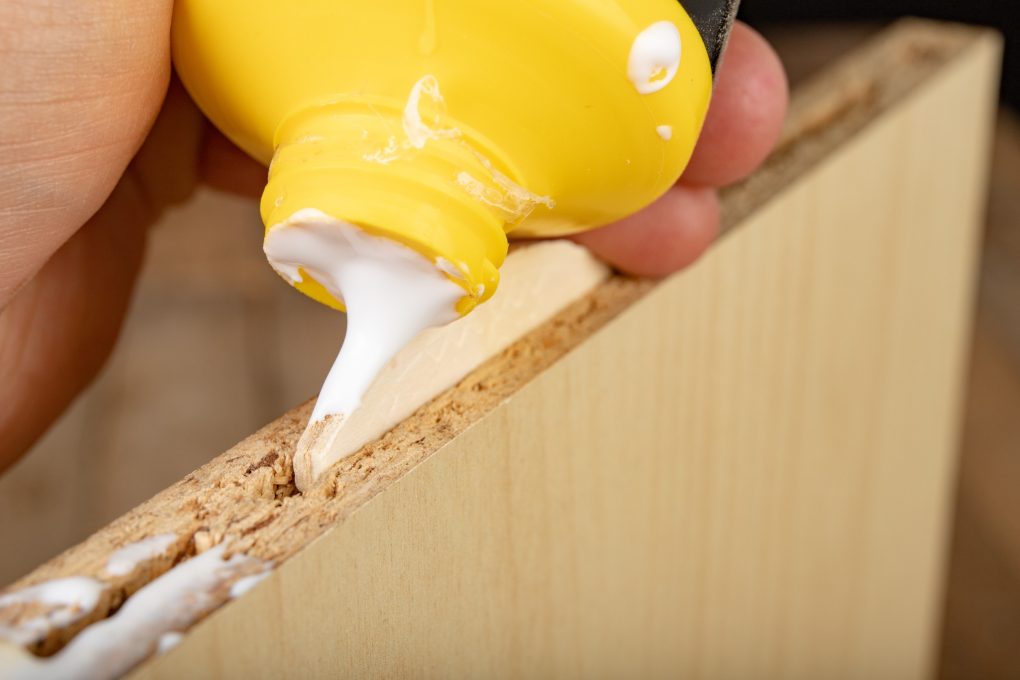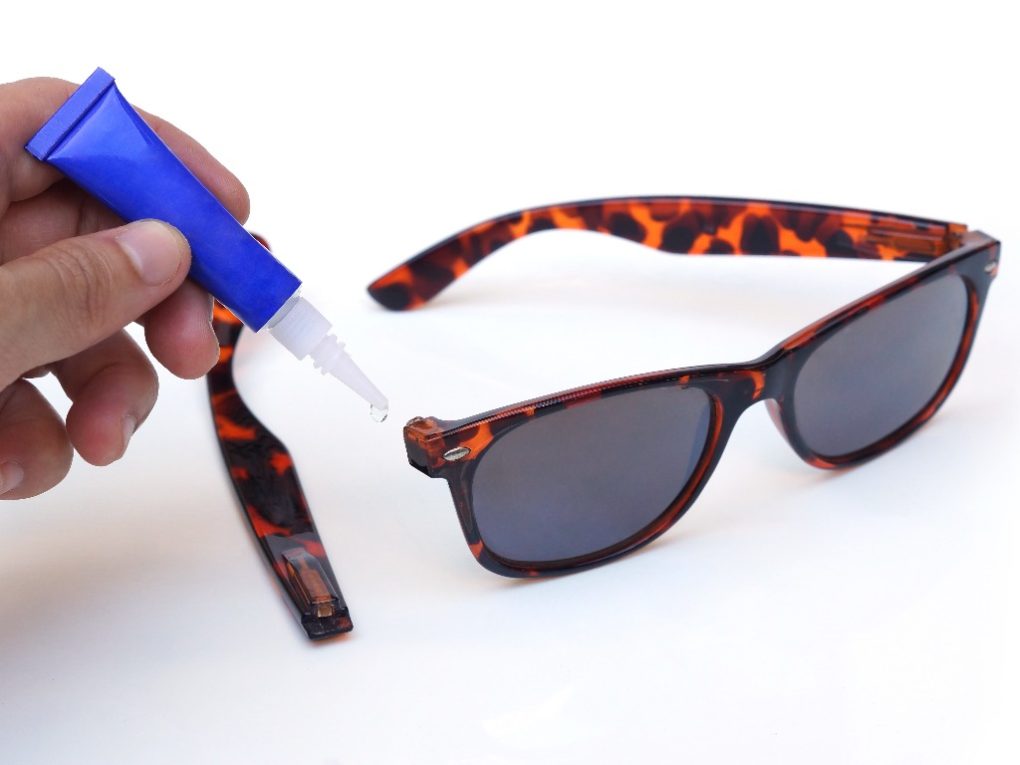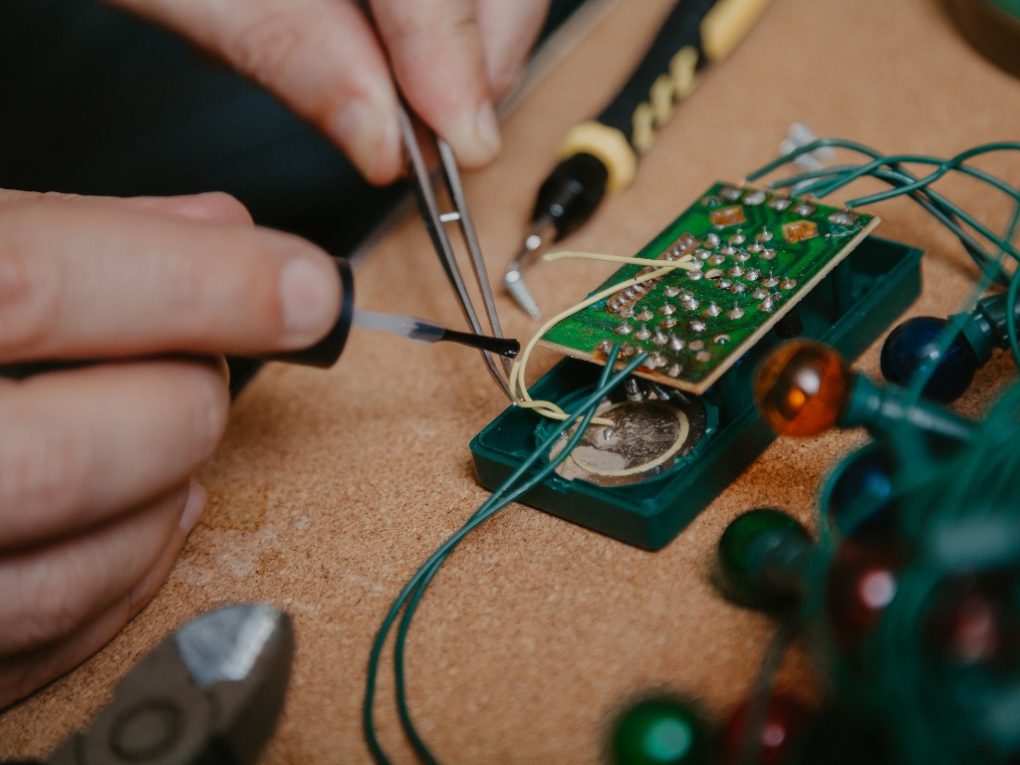Does Glue Conduct Electricity: Find Out Here
It depends. Most types of glue do not conduct electricity very well because they are typically non-metallic materials that do not contain free electrons. However, some special conductive glues are designed specifically for electrical applications. These conductive glues contain metal particles or conductive polymers that allow electricity to flow through them.


While it may seem counterintuitive, not all glues are created equal regarding electrical conductivity. Some types of glue are specifically designed to conduct electricity, while others are not. In general, the ability of a glue to conduct electricity depends on its composition and the materials it contains.
Defining Conductivity
According to Lehigh University, conductivity is the ability of a material to conduct electricity. It is a physical property that measures how easily electrons can flow through a material. Materials that are good conductors of electricity have a high conductivity, while materials that are poor conductors of electricity have a low conductivity.
Conductivity is measured in units of Siemens per meter (S/m) or ohms per meter (Ω/m). Materials with high conductivity have low resistance, while materials with low conductivity have high resistance. Resistance measures how much a material opposes the flow of electric current through it.
Metals such as copper and aluminum are good conductors of electricity because they have many free electrons that can move easily through the material. Non-metallic materials such as rubber and plastic are poor conductors of electricity because they have few free electrons and high resistance to the flow of electric current.
Factors Affecting Conductivity of Glue
Electrically conductive glue is a popular alternative to soldering for electrical components when conductivity is crucial. However, the conductivity of glue can be affected by various factors, including the type of glue used, additives and fillers, temperature, and humidity.
Types of Glue
Based on my experiment, not all glues are created equal regarding conductivity. Some types of glue, such as cyanoacrylate (super glue), contain plasticizers and cyanoacrylates, similar to water, and conduct electricity. Other types of glue, such as epoxy, are insulators and do not conduct electricity well, so it is important to choose the right type of glue for the job.


Additives and Fillers
Some electrically conductive glues, such as silver or carbon, contain additives and fillers to enhance their conductivity. These materials are added to the glue to create a conductive path between the two electrical components. However, the amount and type of filler used can affect the conductivity of the glue. For example, too much filler can reduce the flexibility of the glue, while more filler may need to provide more conductivity.
Temperature and Humidity
Temperature and humidity can also affect the conductivity of glue. High temperatures can cause the glue to dry out too quickly, reducing conductivity. On the other hand, low temperatures can slow down the curing process and affect conductivity. Humidity can also impact the conductivity of glue, as high humidity can cause the glue to absorb moisture, affecting its electrical properties.
It is important to consider these factors when choosing and using electrically conductive glue for your electrical components. By understanding how these factors affect conductivity, you can ensure that your glue provides the necessary electrical properties for your application.
Testing the Conductivity of Glue
Equipment Needed
Testing the conductivity of glue requires a few pieces of equipment. Here is what you will need:
- Glue samples
- Two metal wires
- A 9-volt battery
- A multimeter
Procedure
The following steps outline how to test the conductivity of glue:
- Prepare the glue samples by applying a small amount to each end of the metal wires.
- Connect one end of each wire to the positive and negative terminals of the 9-volt battery.
- Place the glue samples in between the two wires.
- Please turn on the multimeter and set it to measure resistance.
- Touch the multimeter probes to the wires’ exposed ends to measure the circuit’s resistance.
- Record the resistance measurement.
Repeat the above steps with different types of glue to compare their conductivity.
It is important to note that not all types of glue conduct electricity. Only a few types of glue have conductivity properties, and even then, their conductivity is relatively weak compared to other materials like metals. In general, it is not recommended to use glue instead of soldering or other methods where electrical conductivity is needed.
Applications of Conductive Glue
Electronics
Conductive glue is a popular choice for electronics applications due to its ability to replace traditional soldering methods. It is particularly useful for attaching components to printed circuit boards (PCBs) as it eliminates the risk of components falling off the underside during the soldering process. Conductive glue can also bond wires and cables and repair damaged PCB traces.


Heating
Conductive glue can be used in heating applications where traditional heating methods are not feasible. For example, it can bond heating elements to surfaces and create electrical connections between them and power sources. Conductive glue is particularly useful for heating applications where space is limited, as it can be applied in small quantities and can conduct heat efficiently.
Sensors
Conductive glue can create electrical connections between sensors and other components. It is particularly useful for attaching sensors to surfaces where traditional mounting methods are not feasible. Conductive glue can also be used to repair damaged sensor connections and to create custom sensor designs.
